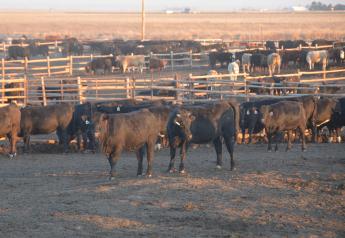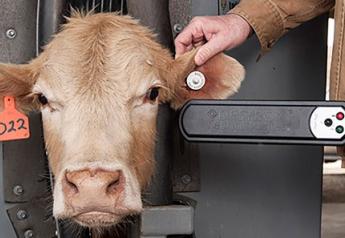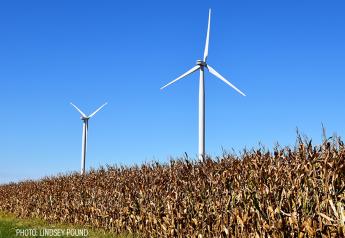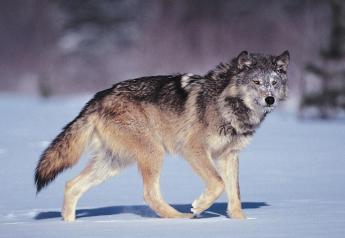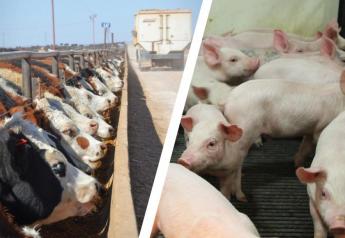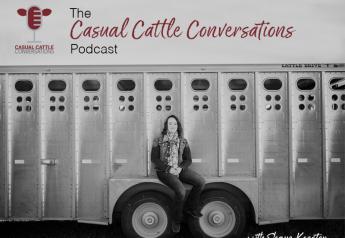Protein-rich diet tied to improved physical function during weight loss

New research published in the
Journal of Gerontology: Medical Sciences
shows that eating more protein from foods like lean beef, as part of a reduced-calorie diet, can help obese older adults with limited ability to exercise to lose weight and increase physical function.[1] This new research, supported by the beef checkoff, contributes to the growing body of evidence that shows lean beef and other high-quality protein foods are beneficial for health, including overweight and obese people looking to reduce weight.
Obesity in older adults contributes to negative health outcomes, leading to a potential loss of independence due to reduced muscle strength and limited ability to perform activities of daily living. Duke University Medical Center researchers Drs. Connie Bales and Kathryn Porter Starr hypothesized that enhancing the quantity and quality of dietary protein at each meal during a weight loss intervention would help protect muscle mass and improve balance, lower-body strength and walking speed in obese older adults with functional limitations.
"Until recently, weight-loss regimens were not recommended for obese older adults due to concerns about further loss of muscle mass, especially in those who could not exercise," says Bales. "While more recent research shows that engaging in exercise may preserve lean mass in obese older adults, we wanted to look at an intervention that would allow these individuals to start losing weight without exercise to account for functional impairments that may make regular exercise difficult."
In the study, those who ate a reduced-calorie diet higher in high-quality lean protein had greater gains in physical function measured by balance, lower body strength and walking speed, compared to those who ate a diet lower in protein. Although the increase in overall dietary protein was modest between the two groups (1.2 vs. 0.8 grams of protein per kilogram of body weight per day), improvements in function were significantly higher in the protein group. The higher protein diet included at least 30 grams of lean, high-quality protein like beef (e.g. Lean Ground Beef, Deli Roast Beef and Flank Steak), along with other lean meats and poultry, low fat dairy foods and eggs at breakfast, lunch and dinner.
"High-quality protein like lean beef has unique benefits for health," says Shalene McNeill, PhD, RD, who serves as executive director of human nutrition research for the checkoff. "A substantial body of evidence shows the nutrients in beef, such as protein, can help satisfy hunger and maintain a healthy weight and build and maintain muscle.[2-5]
Beef is an important source of nutrients, including iron, zinc and B-vitamins, for optimal health."
Although more research is needed, results from this study are encouraging and support the idea that protein-enhanced meals, as part of a reduced-calorie diet, can foster improvements in physical function during periods of weight loss in obese older adults.
For more information about your beef checkoff investment, visit
1 Porter Starr, et al. Improved function with enhanced protein intake per meal: A pilot study of weight reduction in frail, obese older adults. J Gerontol A Biol Sci Med Sci. 2016. Full text available athttp://biomedgerontology.oxfordjournals.org/content/early/2016/01/15/gerona.glv210.long.
2 Westerterp-Plantenga MS, et al. Dietary protein, metabolism, and body-weight regulation: dose-response effects. Int J Obes 2006;30:S16-S23.
3 Paddon-Jones D, et al. Protein, weight management, and satiety. Am J Clin Nutr 2008;87:1558S-61S.
4 Paddon-Jones D, et al. Role of dietary protein in the sarcopenia of aging. Am J Clin Nutr 2008;87:1562S-6S.
5 Wolfe R. The underappreciated role of muscle in health and disease. Am J Clin Nutr 2006;84:475-82.


